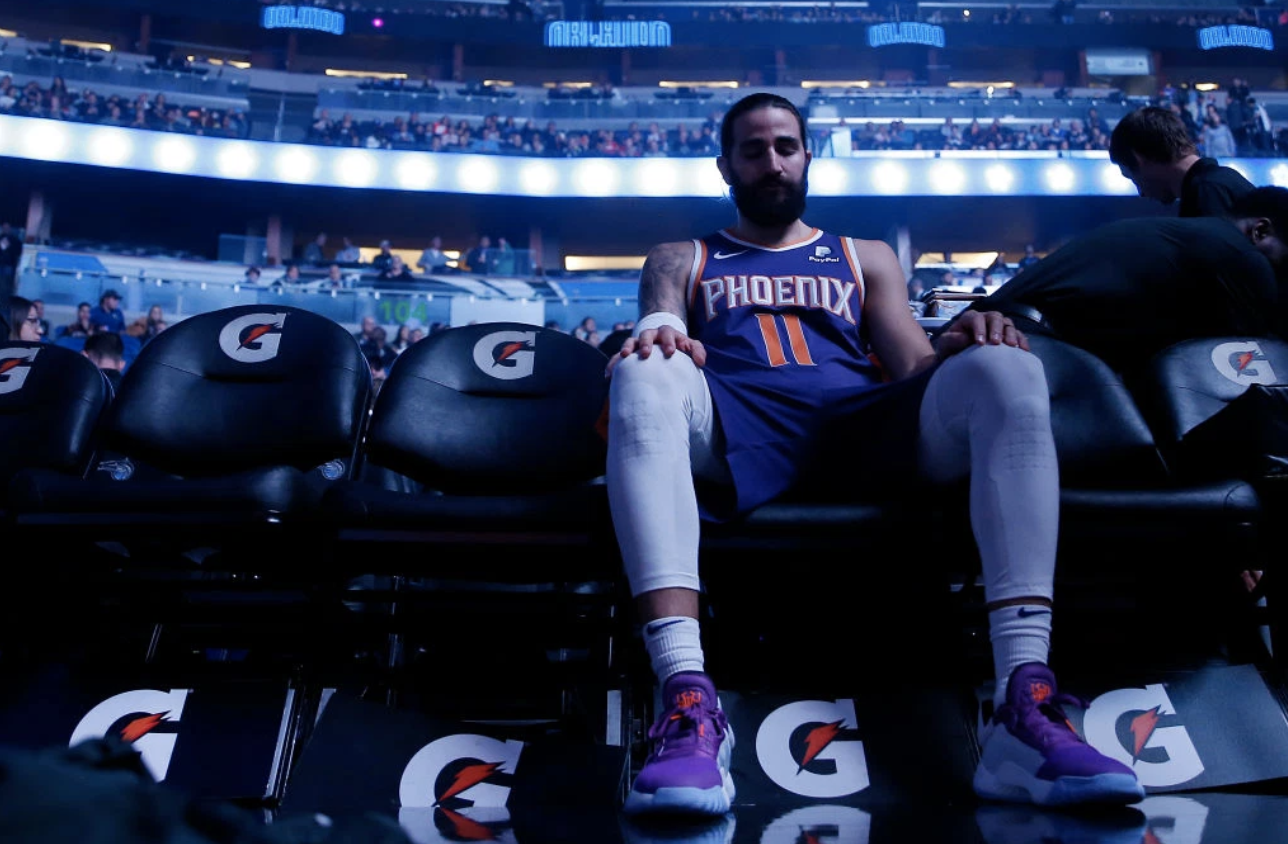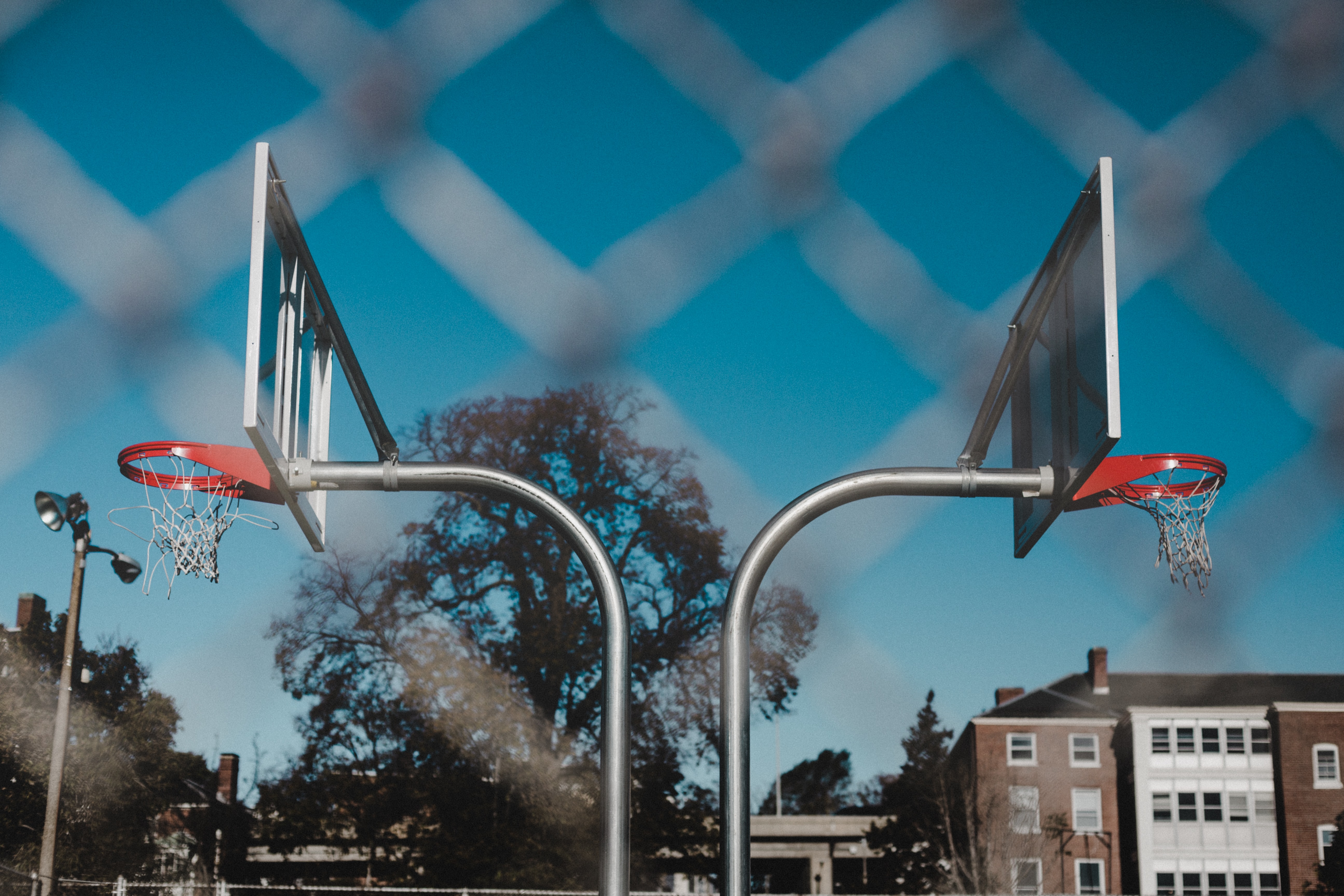Imagine Harry Caray singing “Take Me Out to the Ball Game” through a surgical mask to an empty Wrigley Field.
Could this be the new reality in the COVID-19 era of sports?
With Arizona Governor Doug Ducey announcing on May 12 that professional sports can resume in the Grand Canyon State, and California, Florida, New York, and Texas following suit within a few days, Major League Baseball’s goal of starting a modified season (and a hypochondriac’s worst nightmare) in July moved one step closer to fruition. Professional soccer has already restarted in Germany. Soon other sports will begin opening their doors as well.
Of course, it will look a little different. Players and workers will be tested for the coronavirus, fans will be absent, but reporters—specialists that rely on access to stadiums and crowded press corrals— will be left to determine how to safely provide the stories that capture the nuances of the game and the lives of the athletes that play them.
“People are dying at an alarming rate,” said Duane Rankin, a professional basketball reporter for the Arizona Republic. “This isn’t the flu. Sports is never something you covered and had to think about death.”
In the U.S., teams and politicians have said safety is their top priority. Masks. Social distancing. A limited number of people in the press box. Interviews via Zoom. No entering the locker room. The coveted press buffet replaced by box lunches of cellophane-wrapped tuna sandwiches and sheet-cake brownies. Sports coverage in the age of COVID-19 will bring big changes to journalism, some invisible to fans and some that could have long term consequences.
“[The way we report has] already changed,” said Bob McManaman, a senior sports writer for the Arizona Republic. “It’s worked fine using Zoom. The [NFL’s Arizona] Cardinals have done a great job of providing us an overload of information and connecting us to players and coaches. It’s kept my notebook full.”

While McManaman may have pages of quotes and information to help him churn out stories during the pandemic, the idea of professional sports teams increasing their influence and power—including further restricting the media availability of both players and coaches—is something he is watching carefully.
“I think they could use this against us,” McManaman said. “They could say this worked out so well let’s keep those rodent journalists out. It could hurt our readers and their fans.”
Paola Boivin, a professor at the Walter Cronkite School of Journalism and Mass Communication at Arizona State University is an award-winning sports journalist and an expert in sports ethics. She feels it is important to remember that the media is a conduit to ensuring fans a wider perspective on the teams and leagues they follow.
“We were already heading in that direction to some extent with teams controlling the narrative,” said Boivin. “We need stories, not the ones that just come out in press releases.”
Keeping journalists at arms-length and out of the locker room could also have a tremendous impact on a critical aspect of sports journalism: building and maintaining relationships. Zoom meetings and press conferences can provide access, but reporters seem to agree that they can’t replace the rapport that is built over time, something that leads to stories that may only come once trust and mutual respect have been established.
Kent Somers, a veteran Arizona Republic columnist who has covered sports in the Phoenix area for 35 years, recalled a time when he was talking with All-Pro NFL wide receiver Larry Fitzgerald.
“We are talking and he takes out his tablet,” Somers said. “He starts showing me videos of different players and is breaking them down for me. It led to an entirely different type of story.”
Not having access can also make exposing the truth a nearly possible affair. While sports reporting may be cast as game analysis instead of investigative reporting, some of the biggest sports stories have transcended athletics and impacted society as a whole. For example, in 1998, Associated Press writer Steve Wilstein reported this story after making a peculiar observation about the contents of baseball slugger Mark McGwire’s locker:
Sitting on the top shelf of Mark McGwire’s locker, next to a can of Popeye spinach and packs of sugarless gum, is a brown bottle labeled “Androstenedione.” For more than a year, McGwire says, he has been using the testosterone-producing pill, which is perfectly legal in baseball but banned in the NFL, Olympics and the NCAA.
Wilstein’s story rocked baseball and the entirety of sports at all levels. It also set off a debate of what was “off limits” to reporters, and Wilstein was often painted as someone who had broken an unwritten rule between players and the media.
Fast forward to 2020. With limited access and less chance at personal connections, how will journalists let fans know if something similar occurs surrounding the COVID-19 situation? What if a player doesn’t social distance or breaks the rules outlined by the MLB? What if positive tests aren’t reported? Journalists, usually the watchdogs of the sports world, are suddenly faced with the scary prospect of reporting from the other side of an increasingly veiled curtain.
On the other hand, those that do gain access are, in a way, correspondents in a conflict zone, potentially putting themselves in harm’s way to report on the game and the players that make pro sports tick. Many times the full story doesn’t fit within the confines of a Zoom call, but is it worth the risk?
“[Journalists] have a lot to lose professionally. Our industry is suffering, but I don’t want people to lose their lives,” said McManaman. “If it’s safe for sports to return to Arizona and [other states], bring it. We’ve just got to be smart.”



